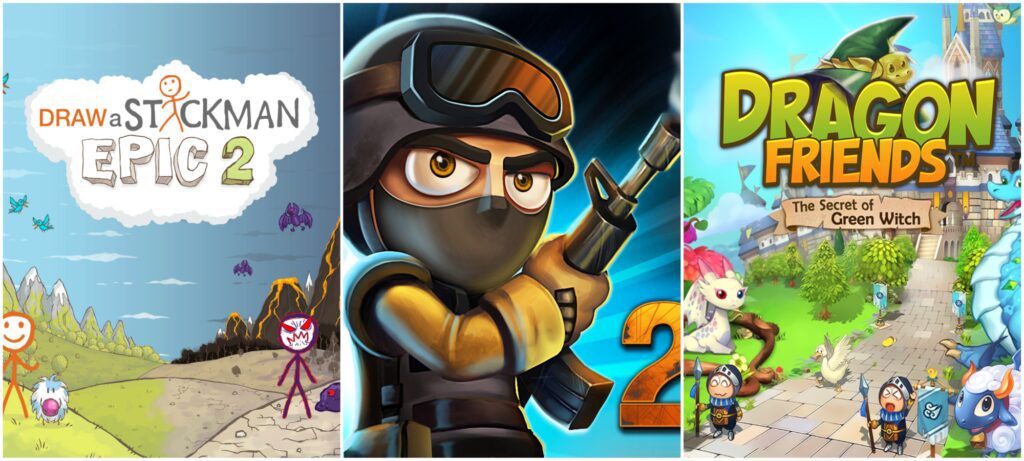Game development involves conceptualizing and designing the gameplay, programming, testing, and releasing the final product. During game production and design, developers use various tools, such as conceptualizing tools, programming languages, graphical tools, sound-designing software, and bug tracking tools. Developers use manual and automated testing techniques before releasing a game to monitor its performance and gather feedback for future updates or sequels. A great game has key ingredients such as engaging gameplay, compelling story and aesthetic appeal. Developers who use these key ingredients and the right tools can create games that stand out in the competitive gaming market.
The Secret Sauce: How Developers Use Tools to Create the Perfect Gaming Experience
Creating a great video game is not only about having an innovative idea, but also about knowing how to develop it in a way that will engage players and keep them coming back for more. Developing games is a complex process that involves different stages, from conceptualizing and designing the gameplay to programming, testing, and releasing the final product. In this article, we will explore how developers use tools to create the perfect gaming experience and what makes a game stand out.
Game Concept and Design
The first stage of game development is conceptualizing the game idea and designing its gameplay. Developers need to think about the target audience, the game mechanics, the story, the characters, the graphics, and the sound effects. To do this, they use different tools that help them create a vision board, a storyboard, a mind map, or a flowchart. These tools allow the team to brainstorm ideas and organize their thoughts into a cohesive plan.
Game Production
Once the game concept is fleshed out, the production phase begins. This includes the actual programming of the game, creating the graphics and sound effects, and testing the game for bugs and issues. Developers use a range of programming languages, such as C++, Java, or Unity, to create the game engine and the gameplay. They also use graphical tools like Photoshop, Blender, or Maya to create the visual elements of the game, such as textures, models, and animations. Sound designers use software like ProTools or Ableton Live to create background music, sound effects, and voiceovers.
Testing and Debugging
Before releasing a game to the public, developers need to test it extensively to ensure that it is performing as intended and that there are no bugs or issues. For this purpose, they use automated and manual testing techniques. Automated testing involves using software tools that simulate player behavior and test different aspects of the game, such as level design, AI behavior, or user interface. Manual testing involves playing the game from start to finish, trying different strategies, and looking for glitches, errors, or inconsistencies in the gameplay. Developers use bug tracking tools like JIRA, Bugzilla, or Trello to keep track of issues and assign them to team members for fixing.
Release and Marketing
Finally, when the game is polished and ready for release, developers need to plan their launch strategy and promote the game to potential players. They use various marketing tools to create a buzz around the game, such as trailers, demos, press releases, social media campaigns, or influencer partnerships. They also need to choose the right distribution platform, such as Steam, App Store, or Google Play, and set the price and revenue sharing model. Once the game is released, developers need to monitor its performance and gather feedback from players to improve future updates and sequels.
What Makes a Great Game?
Now that we have seen how developers use tools to create games, let’s take a look at what makes a game great. A great game is one that can offer a memorable, immersive, and enjoyable experience to players. It has several key ingredients, such as:
- Engaging gameplay: The mechanics, controls, and challenges of the game must be easy to learn but hard to master, providing a sense of progression and satisfaction to players.
- Compelling story: The narrative or setting of the game must be interesting, coherent, and emotionally resonant, creating a sense of immersion and attachment to the player.
- Aesthetic appeal: The visual and audio elements of the game must be appealing, consistent, and complementary to the theme and genre of the game, creating a distinctive and memorable identity.
- Replayability: The game must offer enough content, variety, or replay value to encourage players to come back to it, either through different endings, collectibles, or online multiplayer modes.
- User feedback: The game must listen and respond to player feedback, either through patches, updates, or community engagement, to improve and refine its mechanics, content, or features.
By using the right tools and focusing on these key ingredients, developers can create games that stand out in the crowded and competitive gaming market. Whether it is a mobile app, a console game, or a PC title, a great game has the power to captivate, entertain, and inspire players, and become a timeless classic.
